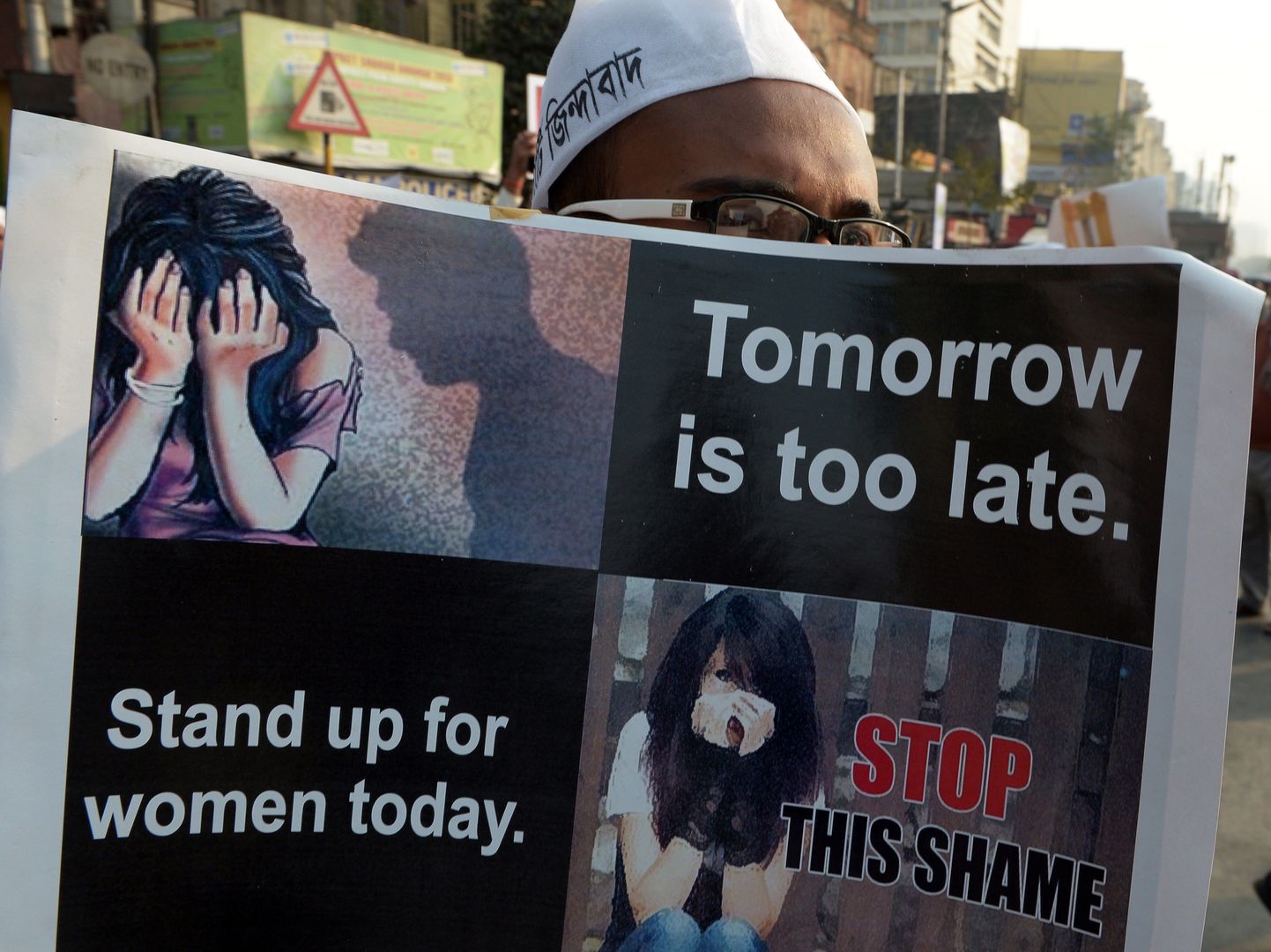A study by South African Medical Research Council, London School of Hygiene and Tropical Medicine, and World Health organisation says that every 14th woman aged over 15, in this world, is victim of sexual violence. The study does not treat domestic violence, only looking into the kind of sexual violence where women are victimised outside their homes, by persons not their partners.
According to the study, in Turkey, India and Bangladesh, 3 to 4.5 per cent of women will admit to being sexual abuse victims, while in Australia, for instance, the percentage is 16.4, and in North America – 13. Comparing the figures, it is easy to understand the trouble with such studies: unlikely that in the countries with high anti-women violence statistics, numbers of sexual violence would be that low. Rather, this reveals the insecurity felt by the women, fearing to acknowledge victimhood. The same goes for Eastern-Europe – in a region also known for human trafficking, only 6.9 per cent of women admit to being sexual violence victims.
Even with a UN Security Council resolution passed regarding need for special protection of women and children in conflict areas, and rape treated as violation of human rights, some governments still stand out by unwillingness to deal with the issue. Judging by the woman raped in an Indian bus: it took a horrible act of violence for the government to grasp the ladies’ plight, with mass demonstrations following. In the Syrian conflict, three percent of pregnancies are thought to result from rape. Even at mass rallies demanding a better future, women aren’t protected from sexual violence.
